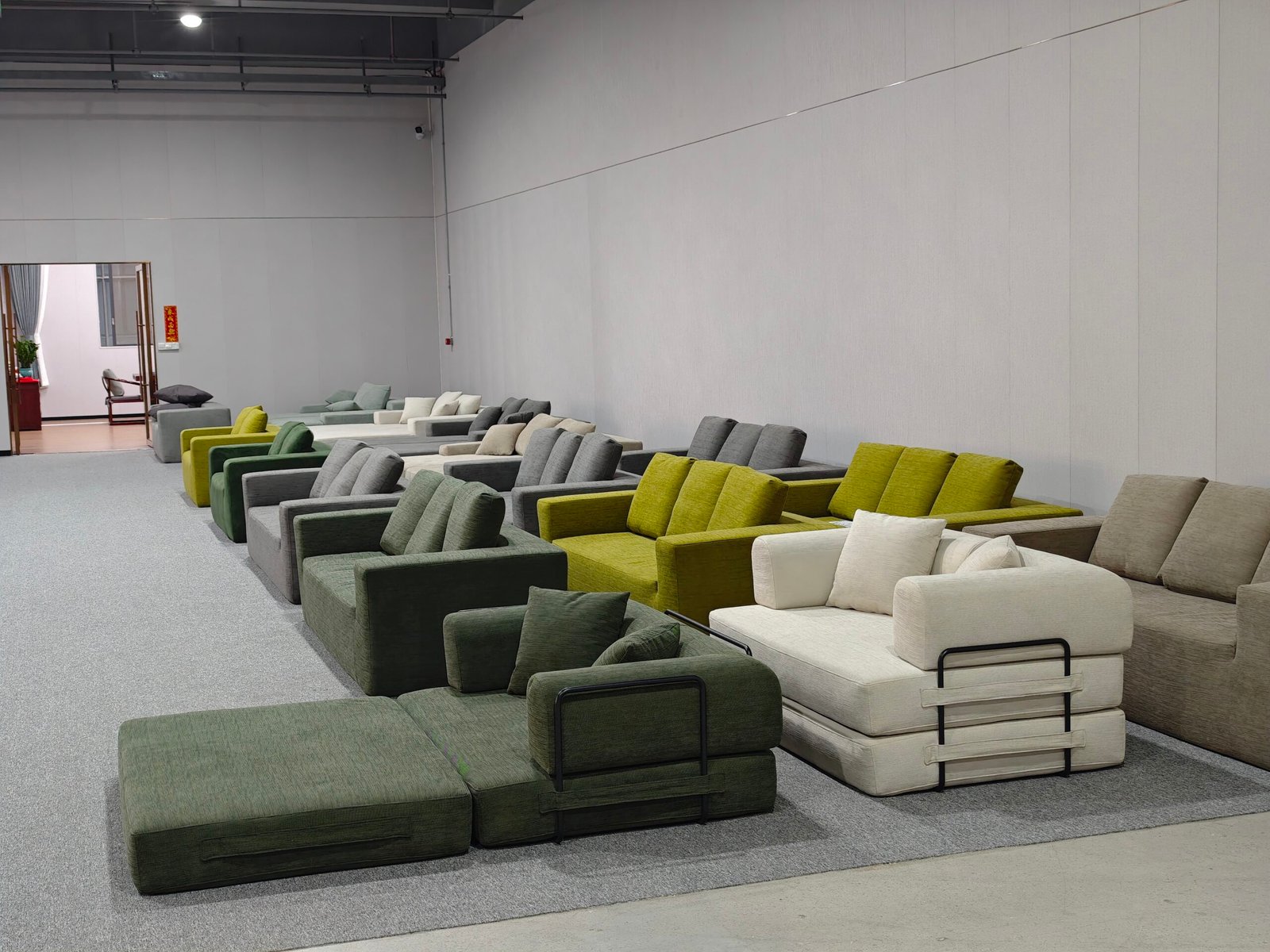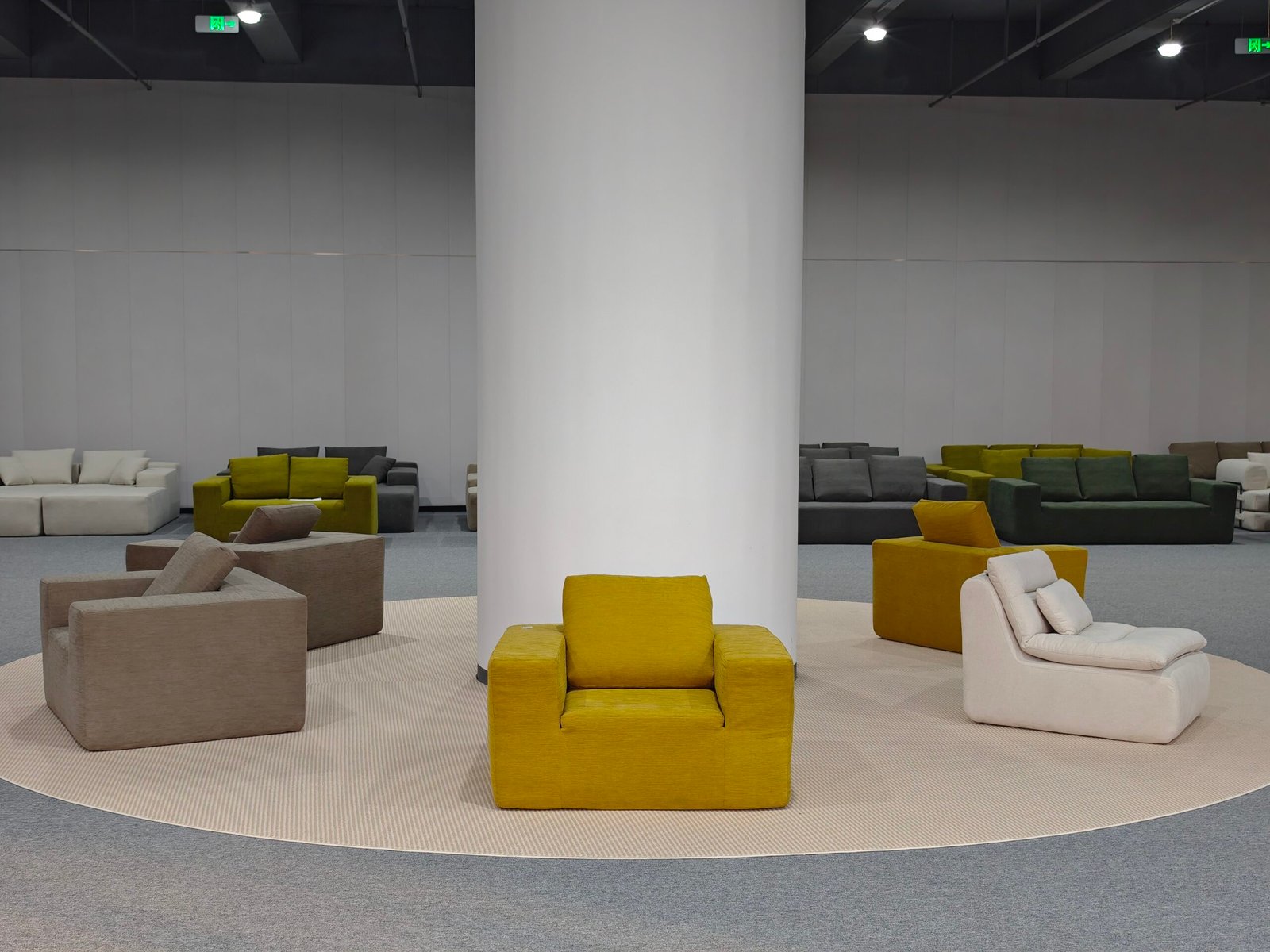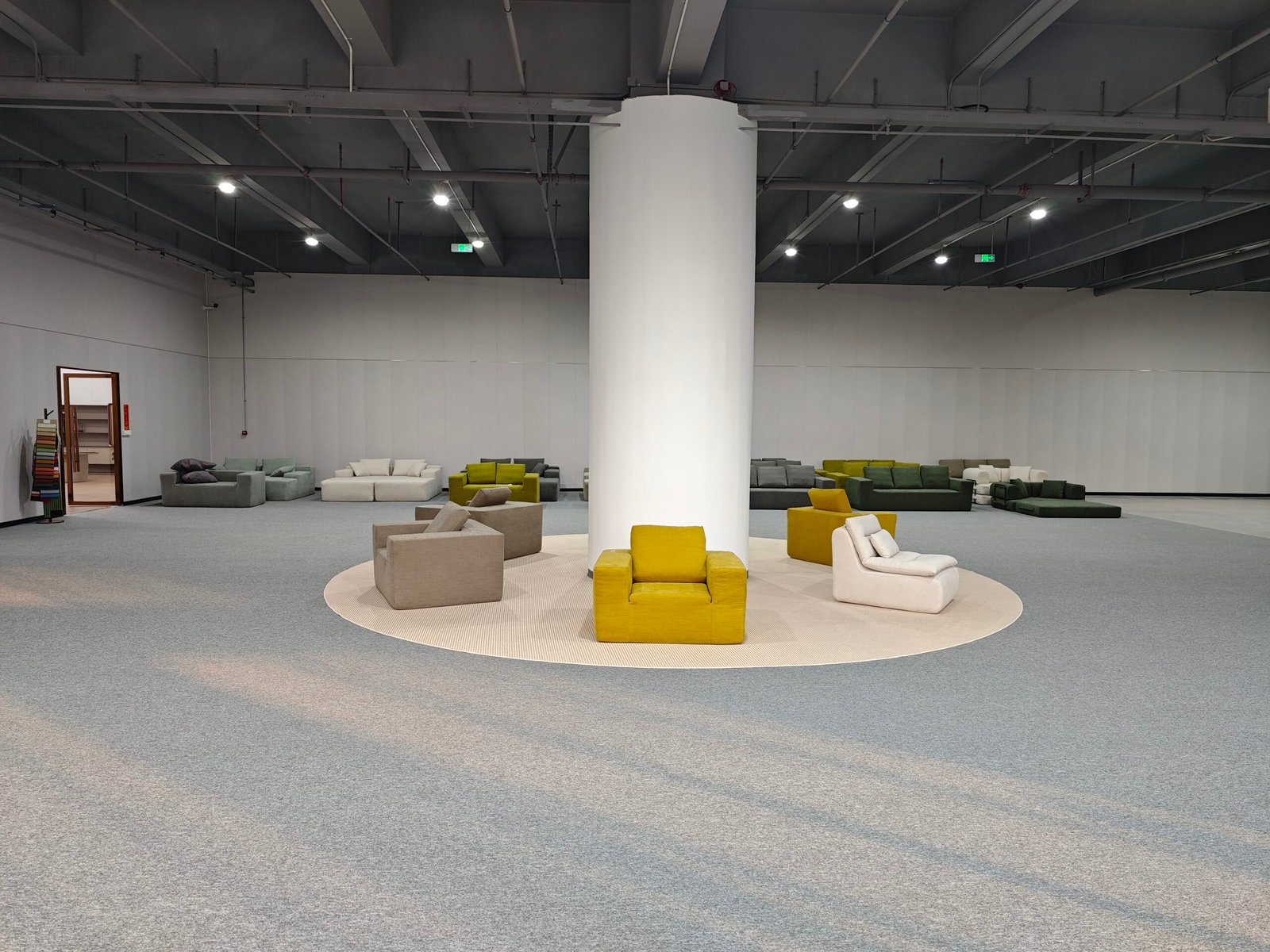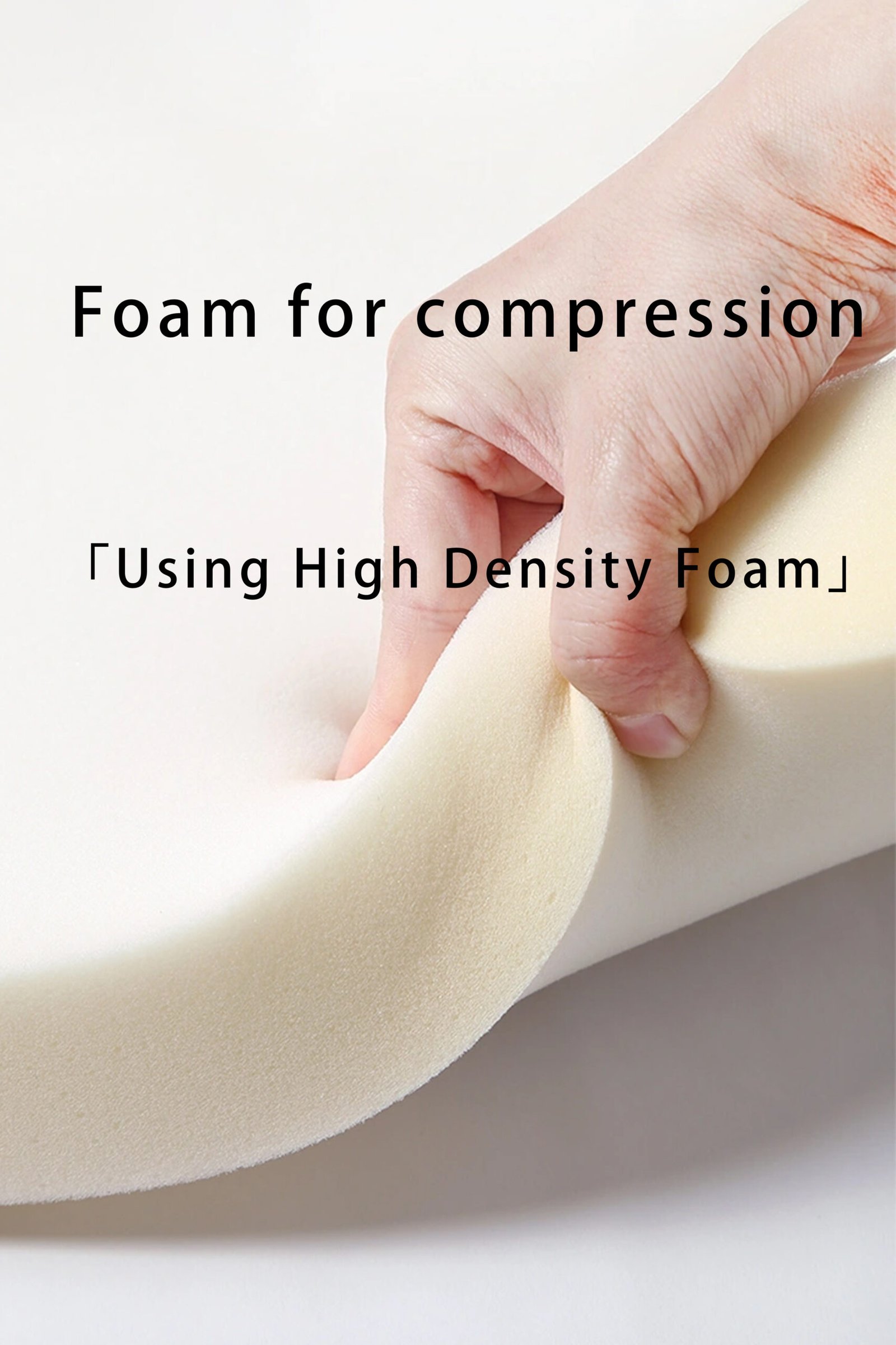
Worried that a compression couch might be too tight, too soft, or simply unsafe for your child?
Yes—compression couches are generally safe for children when used correctly, made from certified materials, and matched with the right size and usage guidance.
But not all compression couches are built the same. From foam density to structural support, every detail matters when it comes to your child’s safety. Let’s break it down.
What is a compression couch and how does it work?

They look soft, cozy, and sometimes even fun—but what’s actually inside a compression couch?
A compression couch is a foam-based seating piece that uses contouring and deep-pressure comfort to provide calming and supportive seating—especially for kids.
Most of the time, they’re made of high-density memory foam or polyurethane foam. The structure is usually frameless or semi-rigid, relying on the foam's compression to gently “hug” the user’s body.
This kind of seating is often used in homes, therapy spaces, and sensory rooms because it mimics the calming effects of a hug or weighted blanket.
Typical Components
| Part | Material Type | Safety Function |
|---|---|---|
| Outer Fabric | Breathable, stretchable polyester | Skin-friendly & washable |
| Foam Core | High-density PU or memory foam | Gentle support & shape retention |
| Covers | Removable with zippers | Easy to clean and hygienic |
When built correctly, these couches can offer both comfort and a grounded, calming experience for kids—especially those with sensory needs.
Are compression couches tested for safety standards?

Not all soft things are safe. Especially when it comes to young kids, safety testing isn’t optional—it’s essential.
Yes—high-quality compression couches are tested under standards like ASTM, CPSC, and EN71 for flammability, toxicity, and structural safety.
Here’s what top manufacturers usually test for:
- Foam toxicity: Ensures no formaldehyde, phthalates, or heavy metals.
- Fabric safety: Meets Oeko-Tex or similar certifications to be skin-safe.
- Flammability: Treated with flame-retardant materials that meet CFR Title 16 guidelines.
- Zipper security: Child-safe zipper designs that avoid pinching or choking risks.
Always look for labeling or certificates from reputable bodies like:
- ASTM International
- CPSC (USA)
- EN71 (Europe)
If the couch is imported, ask your supplier or brand for test reports—especially if you're buying in bulk or planning to resell.
What are the physical health effects on growing children?

Soft seating feels good—but does it support healthy growth?
When sized and used properly, compression couches can promote relaxed posture, but they should be combined with active movement and upright seating.
Because they’re low to the ground and soft, they don’t force the spine into unnatural positions. But they also don’t offer lumbar support like ergonomic chairs.
So, here’s what I recommend based on client feedback and pediatric input:
Do:
- Use for relaxation, reading, quiet time.
- Limit to 30–45 mins per sitting session.
- Rotate with upright chairs and active play.
Don’t:
- Use as a replacement for a desk chair.
- Let children nap overnight in it.
- Allow use if the child’s posture looks slumped or strained.
With supervision and time limits, the risk of posture issues or muscle underuse is very low.
Can compression couches help children emotionally?

Ever seen a kid immediately calm down in soft seating? There’s science behind that.
Compression couches offer deep pressure input that can reduce anxiety, improve focus, and provide sensory relief—especially for children with ASD or SPD.
Deep Pressure Stimulation (DPS) works like this: When a child sinks into a couch that wraps around them, their nervous system gets a calming signal. This slows the heart rate, reduces cortisol (the stress hormone), and increases serotonin.
Parents of kids with ADHD, autism, or anxiety often describe the couch as their child’s “safe zone.” But even neurotypical children benefit from the regulated, quieting environment these couches support.
What age range is safe for compression couch use?

A toddler’s needs are very different from a teenager’s—so one size never fits all.
Compression couches are generally safe for ages 3 and up, depending on the model's size, foam firmness, and supervision level.
General Guidelines by Age
| Age Range | Recommended Features |
|---|---|
| 3–5 years | Softer foam, extra padding, low height |
| 6–10 years | Medium firmness, wipeable cover |
| 11+ years | Larger size, firmer support |
For toddlers under 3, I recommend soft play couches or supervised use only. They may get “stuck” in deeper foams or roll in a way that compromises breathing posture.
What do parents and experts say?

Marketing can say anything—but what are real users saying?
Most parents find compression couches helpful and calming for their kids, with pediatric therapists recommending short, supervised sessions as part of a sensory-friendly environment.
Some highlights:
- “My daughter with ASD uses hers every morning before school—it’s like a reset button.”
- “We rotate between this and a wobble chair. It’s perfect for downtime after screen use.”
- “My only warning is to make sure it's not the only seat your child uses all day.”
Occupational therapists often include these couches in sensory diet routines. But they’re meant to complement—not replace—active movement, ergonomic furniture, and posture training.
Conclusion
Yes, compression couches are safe for children when sized correctly, used in moderation, and made with certified, non-toxic materials. They support calm, relaxation, and sensory balance—while giving kids their own cozy corner to feel secure.